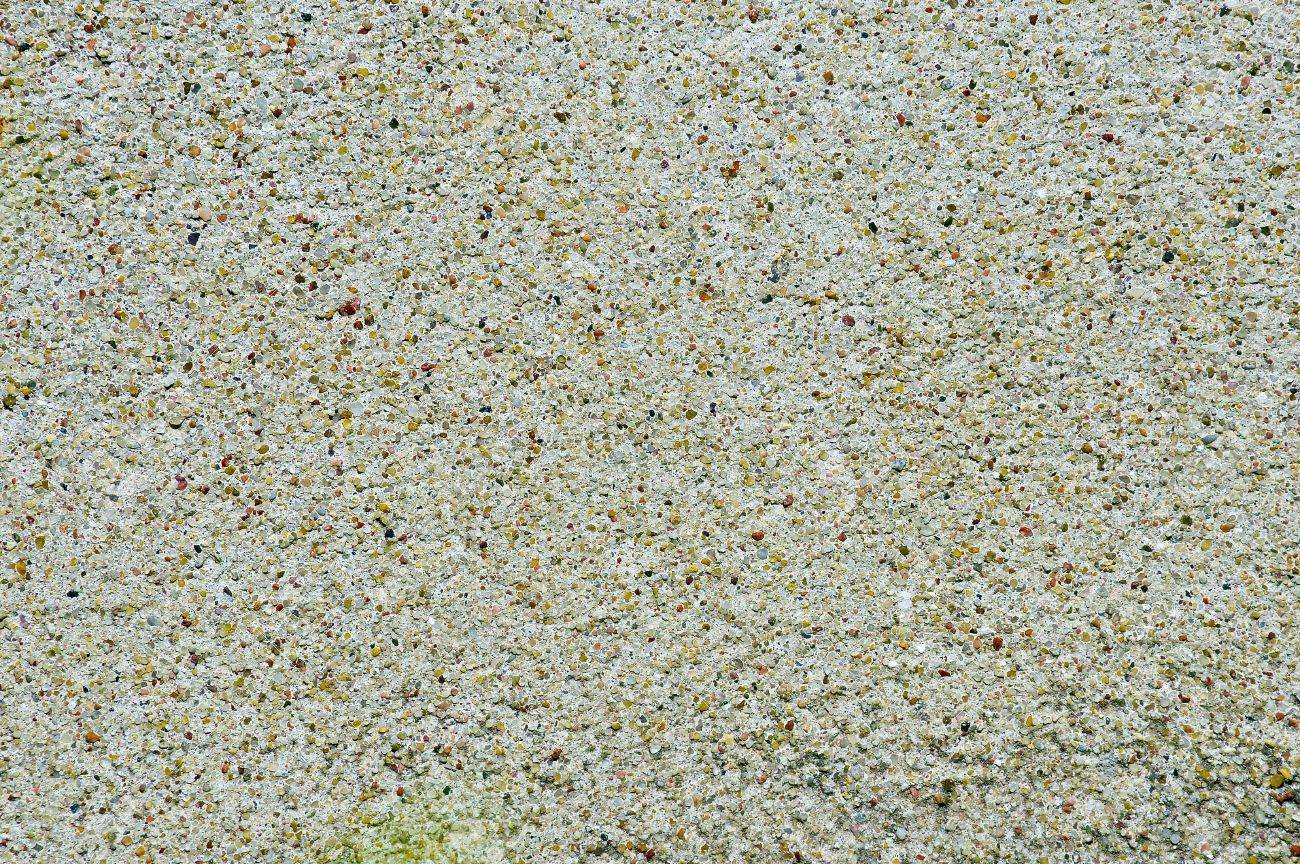What is a Substitute for Lime in Cement? Exploring Alternatives for Sustainable Construction
As one of the most widely used building materials in the world, cement plays a crucial role in shaping our built environment. However, cement production also generates significant environmental impacts, such as carbon emissions, energy consumption, and resource depletion. To address these challenges, researchers and practitioners have been exploring various ways to make cement more sustainable, including finding substitutes for lime, one of the key ingredients in cement.
In this blog post, we will examine some of the potential substitutes for lime in cement, their benefits and drawbacks, and their current status in the market. We will also discuss some of the broader trends and issues related to sustainable construction, such as circular economy, life cycle assessment, and green building certification.
First, let's clarify what lime does in cement. Lime, or calcium oxide (CaO), is added to cement to act as a flux, which means it helps to lower the melting point of the raw materials and facilitate the chemical reactions that form the cement clinker. Lime also contributes to the strength and durability of the final product, by reacting with water and forming calcium silicate hydrate (C-S-H) gel, which fills the gaps between the cement particles and binds them together.
However, lime production is energy-intensive and emits carbon dioxide (CO2) as a byproduct, which contributes to climate change. Moreover, lime is a finite resource that is often extracted from quarries or mines, causing land use and biodiversity impacts. Therefore, finding substitutes for lime in cement can help to reduce the environmental footprint of cement while maintaining or improving its performance.
One of the most promising substitutes for lime in cement is calcined clay, which is a type of clay that has been heated to high temperatures (around 700-900°C) to remove its organic and water content and activate its pozzolanic properties. Pozzolans are materials that react with calcium hydroxide (Ca(OH)2) in the presence of water to form C-S-H gel, similar to what lime does. Calcined clay can replace up to 30% of the cement clinker without compromising the strength or durability of the concrete, and can also reduce the carbon footprint of cement by up to 40%.
Another substitute for lime in cement is ground granulated blast furnace slag (GGBFS), which is a byproduct of iron and steel production that is finely ground and mixed with cement. GGBFS contains mainly silicates and aluminates that can react with Ca(OH)2 to form C-S-H gel and other cementitious compounds. GGBFS can replace up to 50% of the cement clinker and improve the workability, durability, and sulfate resistance of the concrete, as well as reduce the carbon footprint of cement by up to 60%.
Other potential substitutes for lime in cement include fly ash, silica fume, metakaolin, and other industrial byproducts or waste materials that have pozzolanic or hydraulic properties. However, these substitutes may have different performance characteristics, availability, and cost implications, depending on the local context and market conditions.
To promote the use of sustainable cement substitutes, various initiatives and standards have been developed, such as the Global Cement and Concrete Association's "2050 Climate Ambition" and the LEED v4.1 BD+C credit for "Building Life-Cycle Impact Reduction". These initiatives aim to encourage the adoption of circular economy principles, such as reducing, reusing, and recycling materials, and to measure and report the environmental impacts of buildings throughout their life cycle.
In conclusion, finding substitutes for lime in cement is a crucial step towards achieving sustainable construction, as it can reduce the carbon footprint, energy consumption, and resource depletion of cement production. Calcined clay and GGBFS are two of the most promising substitutes that can maintain or improve the performance of cement while reducing its environmental impact. However, the adoption of these substitutes requires collaboration among various stakeholders, such as cement producers, construction companies, regulators, and consumers, to overcome technical, economic, and social barriers. By embracing sustainable cement substitutes, we can build a more resilient and equitable built environment for the future.

Post Comment